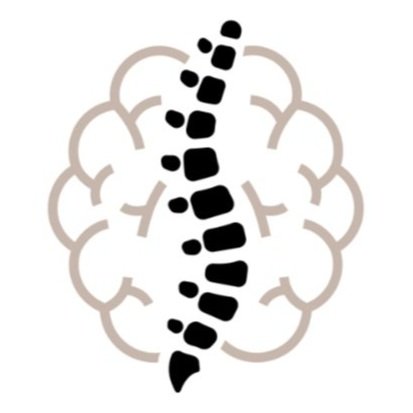Injury Free 10K
This year I decided to embrace the challenge, yet again, of training for Cap10K. I am not a fast runner but am always fascinated by the discipline, training, sense of accomplishment, and the sought-after runners high.
I have never considered myself an athlete - I know - how is it that as a Physical Therapist, I have never been involved in an organized sport? My fascination with the human body came from dance. I didn’t begin my consistent exercise journey until my mid-twenties. I became a runner after working for a fitness center in San Antonio. I worked with an instructor who was an ultra runner. An ultra race is a footrace longer than the traditional marathon of 42.1 kilometers or 26 miles.
Her discipline, intensity, and endurance, not just in races, but in workout classes was something that I admired. I don’t know how, but her running allowed me to go out on a few runs with them that were long, grueling, and quite intimidating. To date, I have done a 25K trail race and a few half marathons which were a lot of fun.
After running these races, I decided that what fits my schedule best are 10Ks. They are not as long as a half marathon, don’t require strict training schedules, and are the right amount of challenge that fits my lifestyle.
For the past two years, I have been able to run Cap10K completely pain and injury-free. I take great pride in this since there were instances in my previous training when I had left knee pain and right adductor strains that kept feeling like I was pulling my hamstring. In my journey as a PT, I have learned a lot not about how pelvic alignment is vital.
Pelvic deviations can alter your athletic performance and increase the likelihood of injury. That means that the muscles that attach to your pelvis should be strong but not tight allowing proper range of motion. Your pelvic alignment could also alter femoral internal and external rotation affecting glute activation.
One of the main issues that kept affecting my running game was my left pelvic alignment. It had notoriously been anteriorly tilted and externally rotated, with decreased femoral internal rotation.
This affected my ability to activate my hamstring and glute med on my left side. The normal range of internal and external rotation is 45 degrees to properly access the glutes.
Hamstrings are important for propelling yourself forward as it is a hip extensor, and very important for deceleration specifically when running down. Hamstrings also support proper pelvic alignment through their attachment to the ischial tuberosity.
The glute medius is important to stabilize the stance leg during the walking cycle, it helps absorb shock from ground reaction forces and reduces femur adduction. The glute med is powerful in helping provide stability to the opposite hip.
Some of the issues you might experience with pelvic deviations are:
hip drop
runner’s knee
hamstring strains
plantar fascitis
tendinitis/tendinosis
shin splints
ankle sprains
Luckily, once I figured out the root cause of my previous running injuries, I addressed them by incorporating a specific strengthening program to improve my running form and stop recurrence.
Check me out, happy as can be after my race this past Sunday!
Are you ready to take your running game to the next level? Whether you're a seasoned runner looking for a new challenge or a beginner setting out on your fitness journey, signing up for a race is a fantastic goal to set for yourself.
Are you dealing with a current injury or afraid to cause one during your training? Sign up for our newsletter or follow us on Instagram as we will be discussing more about my training program that prepared me for an enjoyable injury-free 10K race.
Thanks for reading!
- Dr. G


